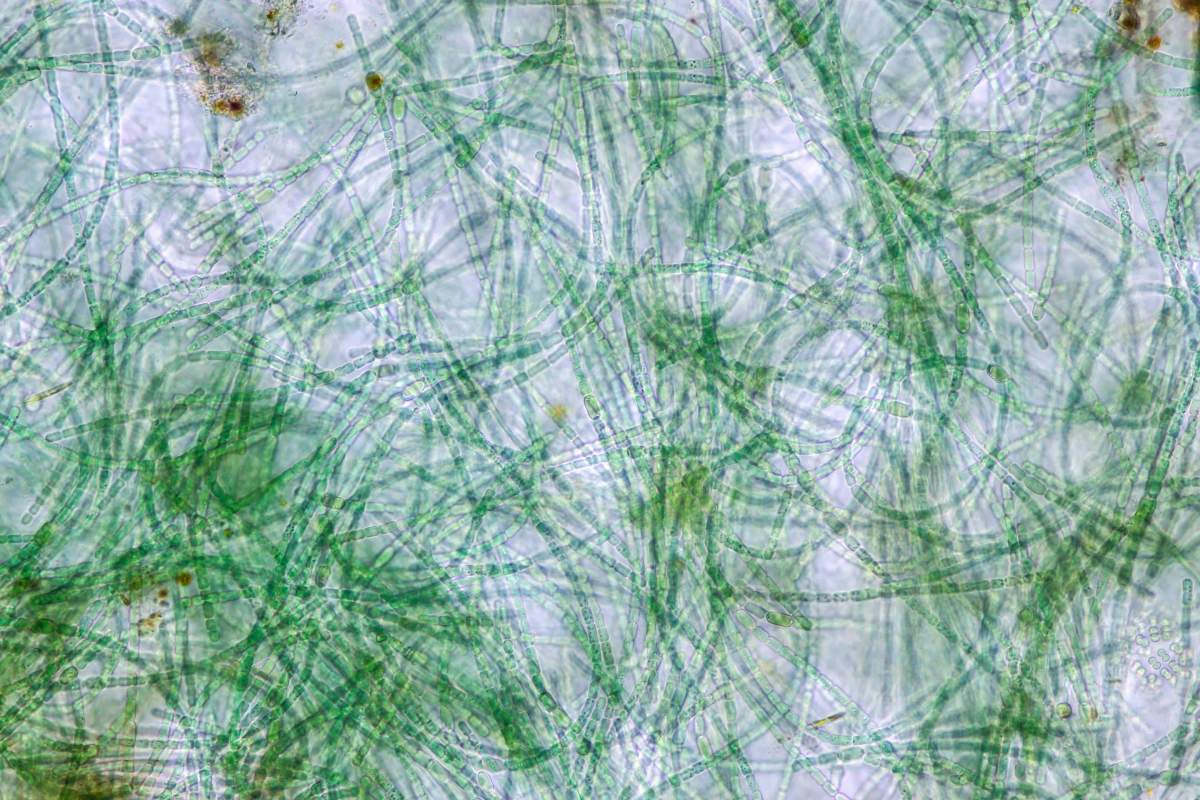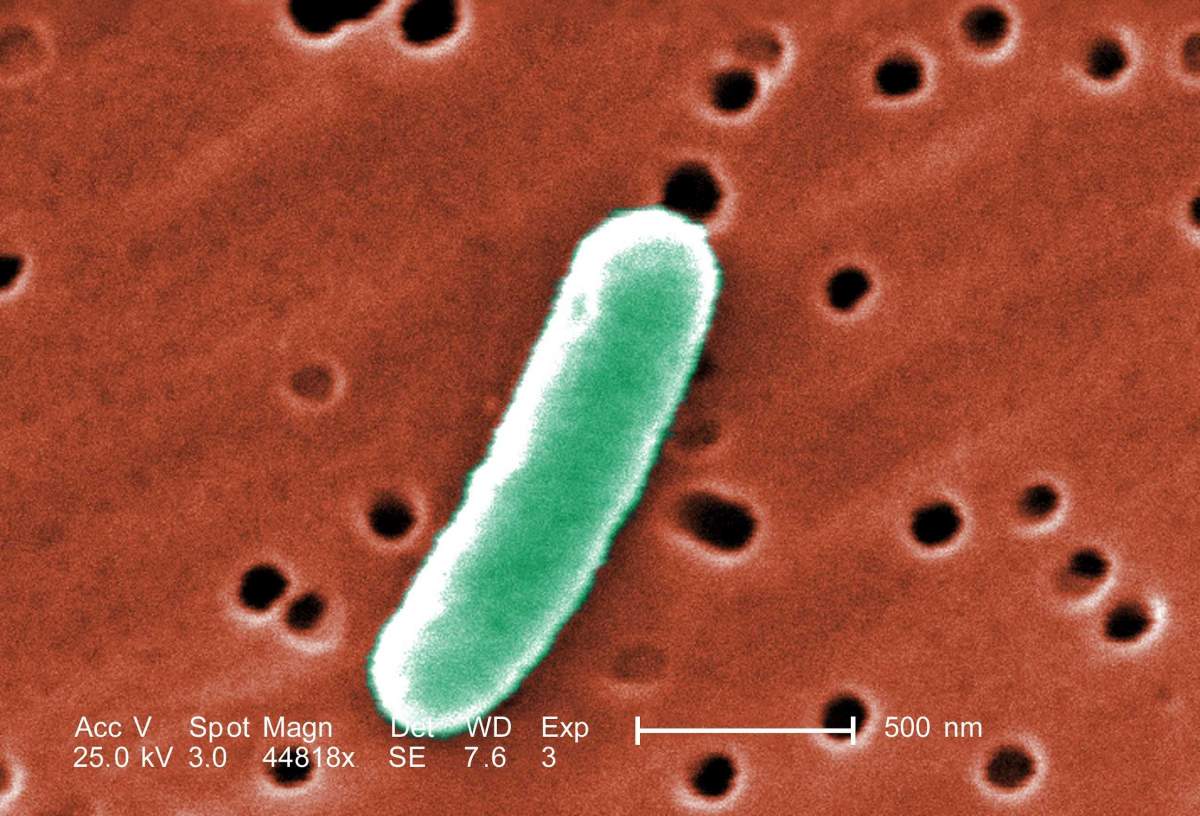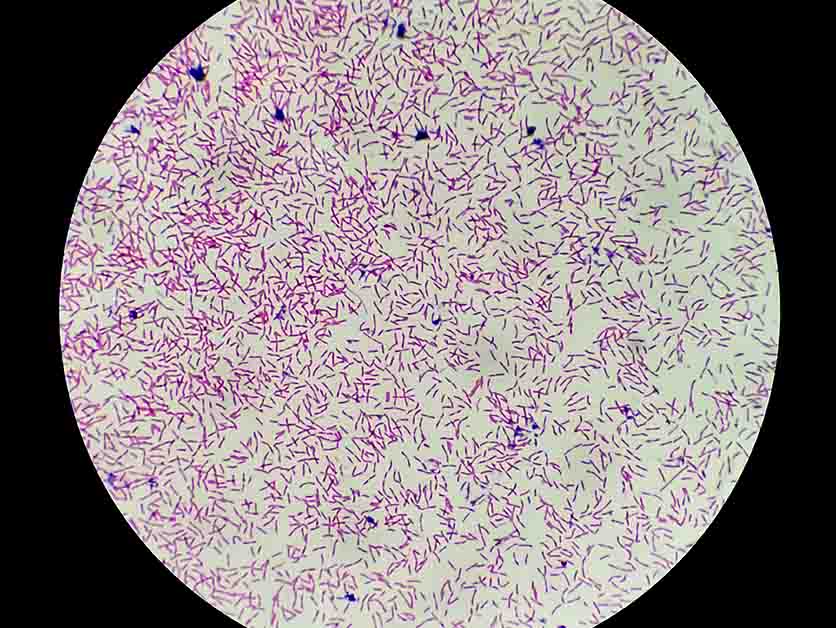For the size of any population to remain stable over time, its birth and death rates must be balanced. If the birthrate is too high, there could be a population explosion; if it is too low, the population will shrink. This kind of balance exists, for example, among the 10,000 billion or so cells that make up our body. When we reach adulthood, our stem cells may divide in order to renew body tissues, but after dividing several times, they become mature cells that divide a few times and then die. We only notice this equilibrium when it is disturbed – for example, when cells start dividing uncontrollably and create cancerous growths.
It follows that a balance between dividing and mature cells is a precondition for the existence of any multicellular organism, but how is it maintained? In a new study published recently in Cell, researchers from the Weizmann Institute of Science used single-celled organisms to better understand how multicellular organisms maintain this equilibrium and protect themselves from cancer.
Cell differentiation is a biological “specialization training,” in which a stem cell divides into two daughter cells, one of which assumes a defined role and acquires the characteristics needed to fulfill it. When cells undergo differentiation, their new specialty is useful to the multicellular organism of which they are a part, but they pay a heavy individual toll: The further they get along this specialization pathway, the more their ability to replicate decreases, until they are no longer able to divide at all. This slow division of differentiated cells makes them vulnerable to populations of cells that divide and grow at a faster rate and can therefore take over the tissue and its resources. In some types of blood cancer, for example, stem cells in the bone marrow undergo a mutation that slows their differentiation and allows them to produce more daughter stem cells. These mutant cells take advantage of the natural weak point in the differentiation process, overcoming the population of healthy cells in a process known as mutant takeover.
“”To determine which differentiation rate works best, we held a competition between 11 strains of E. coli, each of which cuts out DNA segments – that is, differentiates – at a different rate”
Even though one mutation, on average, occurs in every cell division in our bodies, most of us enjoy decades of good health, through countless cell divisions, without experiencing mutant takeover. This suggests that there are effective mechanisms for dealing with this threat, even if they are hard to identify in complex organisms. Scientists in Prof. Uri Alon‘s research group at Weizmann’s Molecular Cell Biology Department decided to engineer E. coli bacteria, which do not usually differentiate, so as to make them undergo an artificial differentiation process, allowing researchers to study how a cell population deals with mutant takeover.
“There are a number of clear advantages to the E. coli model,” explains Dr. David Glass, who led the study in Alon’s lab. “One of them is a short generation time, which allowed us to study the development of mutants over hundreds of generations in the lab.” In order to produce E. coli bacteria capable of differentiating, researchers took inspiration from cyanobacteria called Anabaena, which differentiate – by cutting out certain segments of their DNA – in response to a shortage of nitrogen in their environment. Although the differentiated bacteria lose the ability to divide, they gain an important survival edge: the ability to supply themselves and the entire colony with nitrogen.

To mimic the differentiation process in the E. coli model, the scientists grew the bacteria in an environment that included antibiotics but lacked an essential amino acid. Using genetic engineering, they inserted into each bacterium several copies of a gene for resistance to antibiotics and several copies of a gene that produced the missing amino acid. Before the process of artificial differentiation began – that is, when the bacteria were in a state equivalent to that of stem cells – the antibiotic-resistance genes were active, so the bacteria were able to divide and differentiate at a high rate despite the presence of the antibiotic. When the differentiation process started by means of cutting out the antibiotic resistance genes, the bacteria gradually lost their ability to divide and differentiate, but they gained a survival advantage: The cuts in the DNA gradually activated the genes that produced the essential amino acid.
“To determine which differentiation rate works best, we held a competition between 11 strains of E. coli, each of which cuts out DNA segments – that is, differentiates – at a different rate,” Glass explains. “We mixed equal quantities of the bacteria, grew them over the course of a few days and then checked to see which had survived. We discovered a very strong selection in favor of bacteria that differentiated at a moderate rate and found that strains of bacteria with a moderate rate of differentiation maintained the optimal balance of cell types in their population. At any given moment, only a minority of the cells were ‘pure stem cells’ or ‘fully differentiated cells,’ and a majority were found in intermediate states of the process.”
This optimal, moderate differentiation rate is shared by various systems in the human body, in which a quantitative balance is maintained among stem cells, progenitor cells at different stages of differentiation and differentiated cells that occasionally die and are replaced by new ones.
To keep the population size steady, it is important to maintain that equilibrium even when environmental conditions change. To find out whether the bacteria in their model indeed maintained this equilibrium even under changed conditions, the researchers grew them in 36 different combinations of antibiotic and amino acid concentrations in the culture medium. “We saw that in every situation – apart from the most extreme ones, such as a total absence of antibiotics – the cells’ optimal differentiation rate remained in the moderate range and the equilibrium was maintained,” Glass explains. “This means that the population equilibrium characterizing the differentiation model we developed is, to a large extent, immune to environmental changes and threats.” But is a population of bacteria that is differentiating at an optimal rate also immune to mutant takeover, like the systems in multicellular organisms?

To test the ability of these bacteria to withstand mutant takeover, the researchers grew them over many generations and checked whether random mutations appeared during the long growth period, creating bacteria that do not differentiate at all and divide uncontrollably. In other words, do mutant bacteria bring about mutant takeover, or are they suppressed at an early stage? The first time they conducted the experiment, the researchers were disappointed to find mutant takeovers in half of the cases. “We found that when a genetic change breaks the connection between differentiation slowdown and getting that survival advantage, mutants that do not differentiate can take over,” Glass adds.
“”Many diseases are unique to multicellular organisms. When we genetically engineer more and more characteristics of multicellular systems in single-celled organisms, we can uncover the weak points”
Next the researchers repeated the experiment with a new bacterial strain that was genetically engineered to be immune to the identified mutation. “We managed to grow around 270 generations of differentiating bacteria, and no mutant takeover occurred. Unfortunately, the invasion of Israel on October 7 cut the experiment short, and the bacteria may well be even more resilient,” Glass says. “We showed that a system in which differentiating E. coli cells stop dividing but gain a survival advantage can maintain an optimal population balance and avert mutant takeover. Many diseases, such as cancer and autoimmune disorders, are unique to multicellular organisms. When we genetically engineer more and more characteristics of multicellular systems in single-celled organisms, we can uncover the weak points and look for them in human tissue too.”
“Beyond basic science, these new findings could also have an impact on the use of bacteria in industry,” Glass adds. “Genetically engineered bacteria are currently used in the large-scale production of insulin, enzymes and other substances used by humans. Creating a population of differentiating bacteria that maintains its equilibrium, renews itself and even prevents mutant takeover could be very useful in these production processes.”
Study participants included Dr. Anat Bren, Elizabeth Vaisbourd and Dr. Avi Mayo from Weizmann’s Molecular Cell Biology Department.

